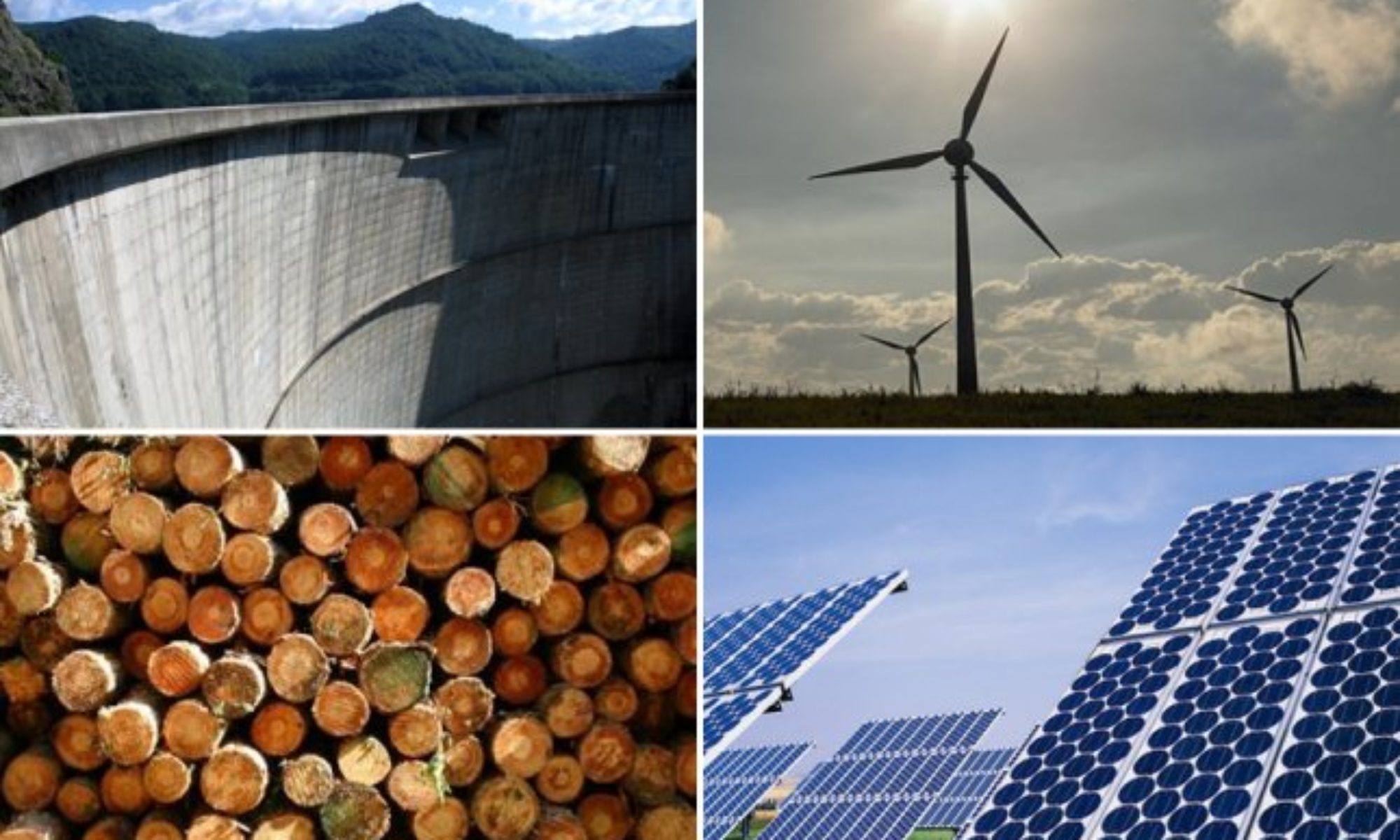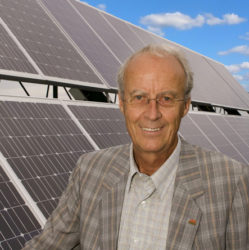Global Renewable Capacity Continues to Grow in 2009 Fueled by Policy and Ongoing Investment
REN21 is pleased to release its annual publication – the Renewables 2010 Global Status Report together with its twin report, UNEP’s annual Global Trends in Sustainable Energy Investment 2010 report.
The year 2009 was unprecedented in the history of renewable energy, despite the headwinds posed by the global financial crisis, lower oil prices, and slow progress with climate policy. Indeed, as other economic sectors declined around the world, existing renewable capacity continued to grow at rates close to those in previous years, including grid-connected solar PV (53 %), wind power (32 %), solar hot water/heating (21 %), geothermal power (4 %), and hydropower (3 %). Annual production of ethanol and biodiesel increased 10 % and 9 %, respectively, despite layoffs and ethanol plant closures in the United States and Brazil.
Highlights of 2009 include:
* For the second year in a row, in both the United States and Europe, more renewable power capacity was added than conventional power capacity (coal, gas, nuclear). Renewables accounted for 60 % of newly installed power capacity in Europe in 2009, and nearly 20 % of annual power production.
* China added 37 GW of renewable power capacity, more than any other country in the world, to reach 226 GW of total renewables capacity. Globally, nearly 80 GW of renewable capacity was added, including 31 GW of hydro and 48 GW of non-hydro capacity.
* Wind power additions reached a record high of 38 GW. China was the top market, with 13.8 GW added, representing more than one-third of the world market — up from just a 2 % market share in 2004. The United States was second, with 10 GW added. The share of wind power generation in several countries reached record highs, including 6.5 % in Germany and 14 % in Spain.
* Solar PV additions reached a record high of 7 GW. Germany was the top market, with 3.8 GW added, or more than half the global market. Other large markets were Italy, Japan, the United States, Czech Republic, and Belgium. Spain, the world leader in 2008, saw installations plunge to a low level in 2009 after a policy cap was exceeded.
* Many countries saw record biomass use. Notable was Sweden, where biomass accounted for a larger share of energy supply than oil for the first time.
* Biofuels production contributed the energy equivalent of 5 % of world gasoline output.
* Almost all renewable energy industries experienced manufacturing growth in 2009, despite the continuing global economic crisis, although many capital expansion plans were scaled back or postponed. Impaired access to equity markets, difficulty in obtaining finance, and industry consolidations negatively affected almost all companies.
* Nearly 11 GW of solar PV was produced, a 50 % increase over 2008. First Solar (USA) became the first firm ever to produce over 1 GW in a single year. Major crystalline module price declines took place, by 50–60 % by some estimates, from highs of $3.50 per watt in 2008 to lows approaching $2 per watt.
* Wind power received more than 60 % of utility-scale renewables investment in 2009 (excluding small projects), due mostly to rapid expansion in China.
* Investment totals in utility-scale solar PV declined relative to 2008, partly an artifact of large drops in the costs of solar PV. However, this decline was offset by record investment in small-scale (rooftop) solar PV projects.
* Investment in new biofuels plants declined from 2008 rates, as corn ethanol production capacity was not fully utilized in the United States and several firms went bankrupt. The Brazilian sugar ethanol industry likewise faced economic troubles, with no growth despite ongoing expansion plans. Europe faced similar softening in biodiesel, with low production capacity utilization.
* “Green stimulus” efforts since late-2008 by many of the world’s major economies totaled close to $200 billion, although most stimulus was slow to start and less than 10 % of green stimulus funds was spent during 2009.
* By 2009, over 85 countries had some type of policy target, up from 45 countries in 2005. Many national targets are for shares of electricity production, typically 5–30 percent, but range as high as 90 percent. Other targets are for shares of total primary or final energy supply (typically 10–20 percent), specific installed capacities of various technologies, or total amounts of energy production from renewables. Most recent targets aim for 2020 and beyond. Many targets also exist at the state, provincial, and local levels.
* At least 83 countries have some type of policy to promote renewable power generation. The most common policy is the feed-in tariff, which has been enacted in many new countries and regions in recent years. By early 2010, at least 50 countries and 25 states/provinces had feed-in tariffs, more than half of these adopted only since 2005. Strong momentum for feed-in tariffs continues around the world as countries continue to establish or revise policies. States and provinces have been adopting feed-in tariffs in increasing numbers as well.
* Renewable energy has an important role in providing modern energy access to the billions of people in developing countries that continue to depend on more traditional sources of energy, both for households and small industries. The number of rural households served by renewable energy is difficult to estimate, but runs into the tens of millions considering all forms of renewables. Micro-hydro configured into village-scale or county-scale mini-grids serves many of these. More than 30 million households get lighting and cooking from biogas made in household-scale digesters. An estimated 3 million households get power from small solar PV systems. Biomass cookstoves are used by 40 percent of the world’s population.

